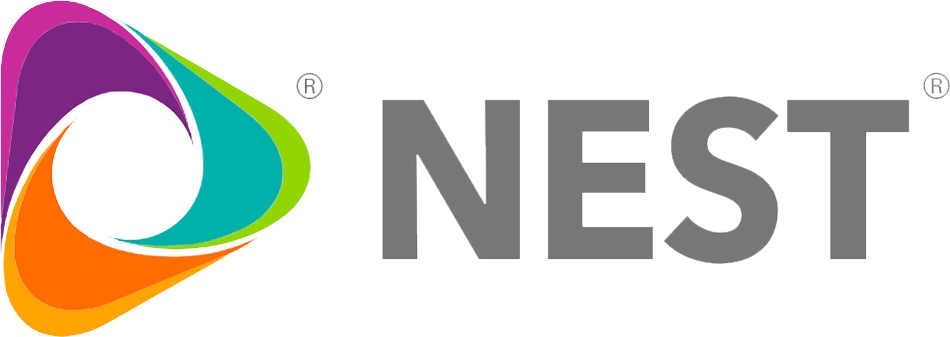How much did you spend on floor care last year? What about landscaping and roofing? If you use a technology platform to track and manage work orders across facilities, you likely have this type of information at your fingertips. Adding this layer of technology to your facilities management can help you to streamline processes, put all of your work orders in one place and easily share it across the organization. It can also help you place requests, track the status of them and provide feedback once the job is done.
But a platform that merely organizes and automates work orders alone doesn’t provide visibility into the what, where and why, as well as thoughtful analysis and a clear path forward. Transparency does not automatically drive performance. Incorporating analysis—and a strategic viewpoint—into facilities management (FM) can help you stay competitive, drive forward and save money. Here’s how.
The ability to identify ongoing trends
Housing work orders in one place is the first step in working more efficiently. But tracking them more closely can help you monitor trends and gain additional savings. An FM platform with customized reporting tools and easy-to-change dashboards allows you to see what types of work orders are being created, whether it’s janitorial, HVAC or lighting, and drill down into the data to identify trends.
For example, a surge in plumbing work orders could be an indication of a larger problem with the store or location, the environment around it or the service provider. Tracking the number of work orders and the spend, and analyzing what, if any, preventive action is being taken enables you to understand the full problem and its financial impact, and how it can yield additional savings.
By identifying trends, you may be able to decrease service frequencies for a particular market, reallocate funds to a higher volume location or customize a program further based on the business’s needs. [bctt tweet=”Software alone—especially platforms that can’t be customized—won’t deliver true FM insights. Transforming data into action requires a human touch.” username=”enternest”]
The power to execute day-to-day work intelligently
An automated work order platform can help you streamline the service request process and allow for better compliance. But adding intelligent analysis to the submission process can help you better understand each situation across the organization and respond to it appropriately.
Rather than working with an automated system that only categorizes and assigns a provider as work orders are entered, you want a team that also triages each report allowing you to identify exactly what’s happening at a particular store, ask follow-up questions, ensure the right service provider is dispatched to the location and properly represent your brand.
For example, a store may report that they have a leak without providing further detail. By triaging the request first, we can understand where exactly the leak is coming from. If the water is leaking from the roof, the landlord may be responsible for resolving the issue, which would save the business owner the time and money they would have incurred if a tech were dispatched to the location to assess the situation. The same goes for retailers located in malls. If there’s a problem with an HVAC unit but the mall is responsible for managing that unit, dispatching a tech won’t actually resolve the issue—but it will cost the business owner money.
Having a team in place to review requests, understand the problem completely and deploy trusted service providers to a facility ensures that the right people are doing the right work at the right time.
The right data to create benchmarks and best practices
Collecting data on pre- and post-program activities—from work order submission to follow-up survey—and organizing it by work order average, service category and overarching spend allows facility managers to develop benchmarks and best practices for managing each location.
In fact, one of the most common trends seen in work order management is the “other” category—a catch-all for services that aren’t categorized as something more specific. A closer look at data allows facility managers to better categorize each service request, monitor trends and find additional savings.
Going forward, the “other” can be eliminated with the right training: on-site FM teams can be trained not to use the “other” category when entering requests. When calls are triaged, a dispatcher can review requests and make sure the issue is categorized the right away. Finally, the accounting team can review work orders and make any final changes so that no issue is marked as “other.”
Backing the data with strategy
Effective facilities management also involves putting strategic partners on the floor of your stores to make recommendations that could yield additional savings. That means an added layer of strategy over a service provider handling a large job.
For example, a strategic partner working with a new floor care team can oversee the job in its early stages, discuss the processes and what success looks like and share the data with other services providers across the organization.
A strategic partner may also act as an extension of a business’s facilities management team and tour stores to ensure they’re up to brand standards. That means documenting things like lighting outages, stained ceiling tiles and making brand-specific fixtures work as they should. Creating these best practices ensures a facility manager’s high standards are met.
Moving beyond legacy systems to house FM data in one easily accessible place can help you work more efficiently. But your business can make an exponential leap when it takes that raw data and brings it to life with a little human touch.
What are some trends you uncovered by reviewing your service requests and work orders?
For more industry discussions, follow us on LinkedIn!
Questions? Connect with us HERE!







